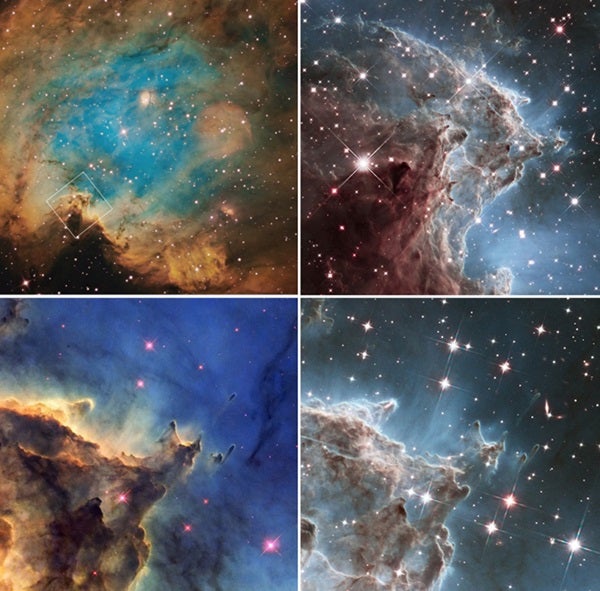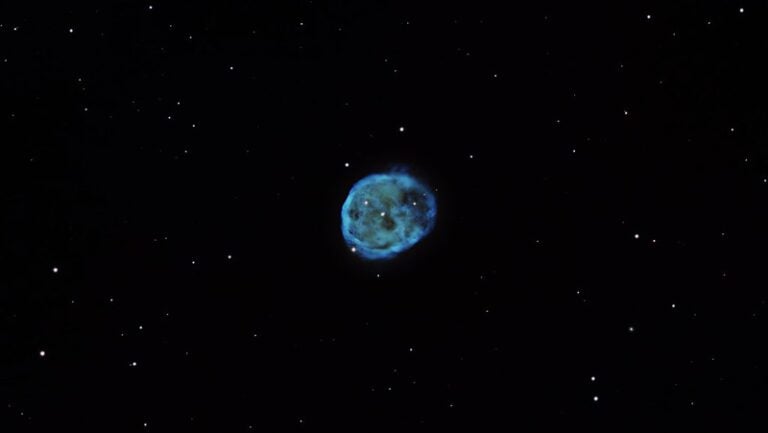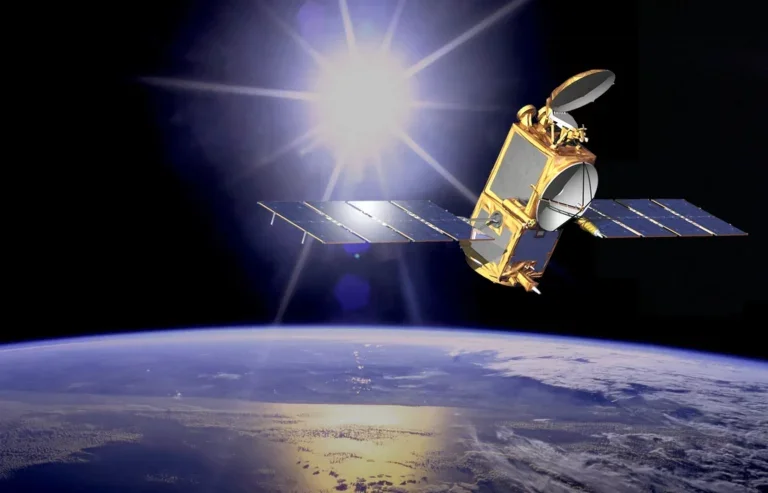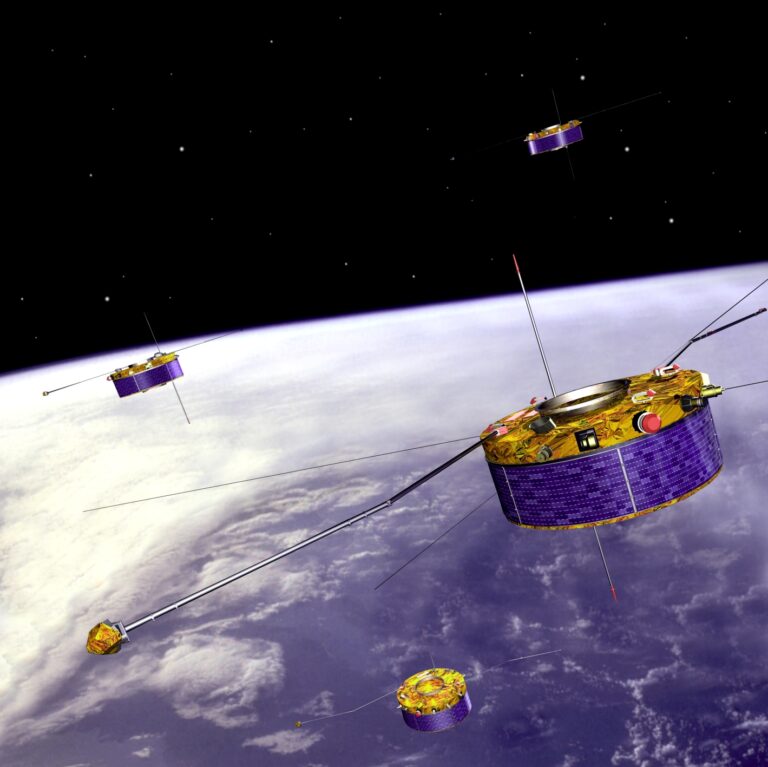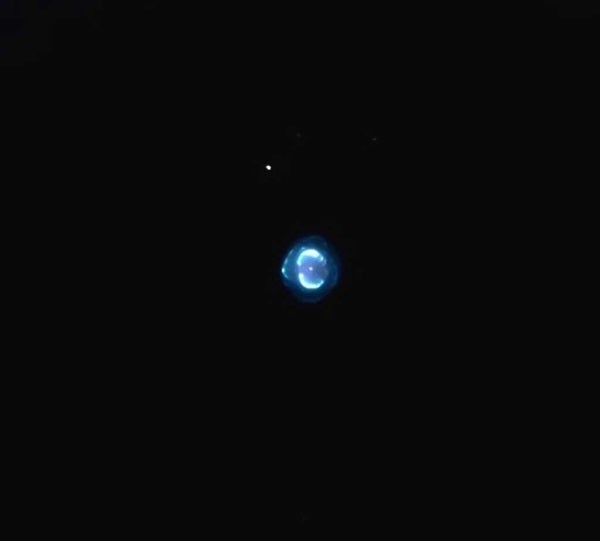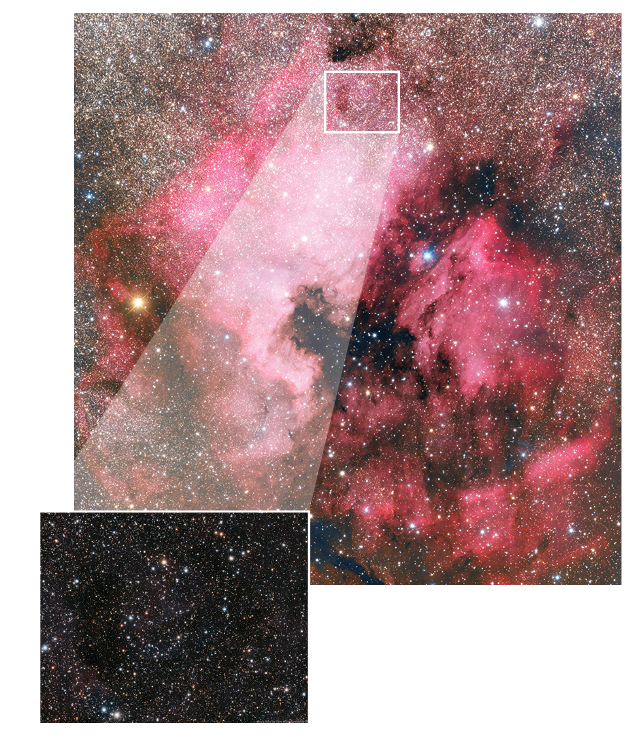The collection of images reveals a shadowy dense knot of gas and dust sharply contrasted against a backdrop of brilliant glowing gas in the Monkey Head Nebula (NGC 2174, Sharpless 2–252).
The image demonstrates Hubble’s powerful infrared vision and offers a tantalizing hint of what scientists can expect from the upcoming James Webb Space Telescope. Observations of NGC 2174 were taken in February 2014.
Massive newborn stars near the center of the nebula — toward the right in this image — are blasting away at dust within the nebula. The ultraviolet light emitted by these bright stars helps shape the dust into giant pillars.
This carving action occurs because the nebula is mostly composed of hydrogen gas, which becomes ionized by the ultraviolet radiation. As the dust particles are warmed by the ultraviolet light of the stars, they heat up and begin to glow at infrared wavelengths.

